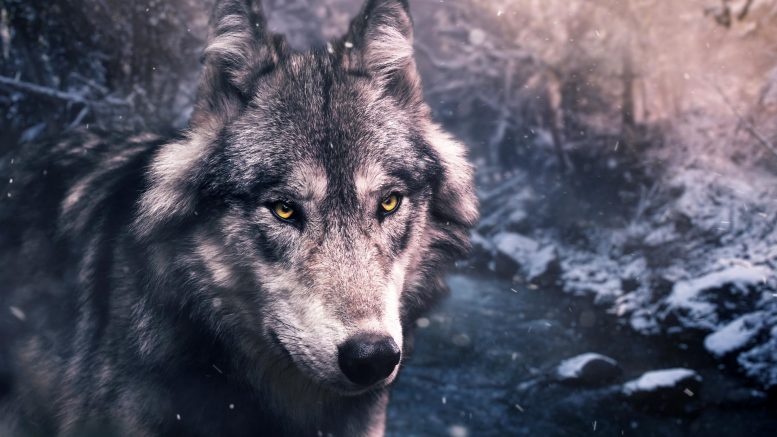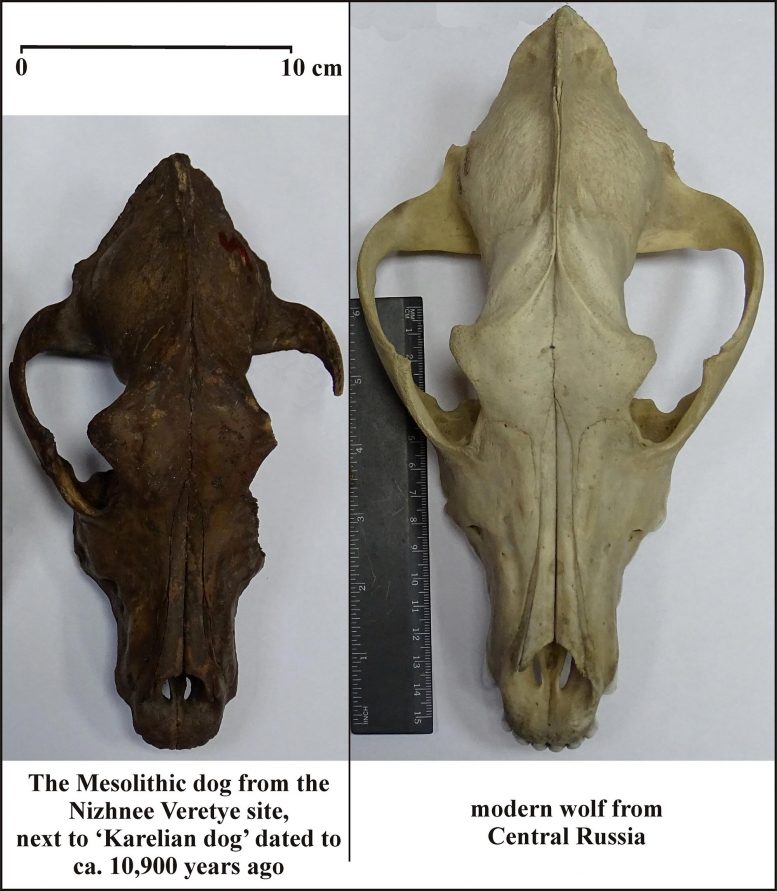As a dog dad and a scientist, I'm always fascinated with scientific studies about dogs, and here's the latest findings of ancient dogs that prove they were domesticated all the way back to the Ice Age and there were at least 5 different breeds. Here's the story>
Ancient Dog DNA Traces Canine Diversity to the Ice Age and Spread Across the Globe

A global study of ancient dog DNA, led by scientists at the Francis Crick Institute, University of Oxford, University of Vienna and archaeologists from more than 10 countries, presents evidence that there were different types of dogs more than 11,000 years ago in the period immediately following the Ice Age.
In their study, published in Science today (October 30, 2020), the research team sequenced ancient DNA from 27 dogs, some of which lived up to nearly 11,000 years ago, across Europe, the Near East, and Siberia.* They found that by this point in history, just after the Ice Age and before any other animal had been domesticated, there were already at least five different types of dog with distinct genetic ancestries.
This finding reveals that the diversity observed between dogs in different parts of the world today originated when all humans were still hunters and gatherers. The study also shows that the genetic patterns of dogs often mirror that of humans because ancient man took their animal companions with them when they moved.
Pontus Skoglund, author and group leader of the Crick’s Ancient Genomics laboratory, says: “Some of the variation you see between dogs walking down the street today originated in the Ice Age. By the end of this period, dogs were already widespread across the northern hemisphere.”
This study of ancient genomics involves extracting and analyzing DNA from skeletal material. It provides a window into the past, allowing researchers to uncover evolutionary changes that occurred many thousands of years ago.
The team showed that over the last 10,000 years, these early dog lineages mixed and moved to give rise to the dogs we know today. For example, early European dogs were initially diverse, appearing to originate from two highly distinct populations, one related to Near Eastern dogs and another to Siberian dogs. However, at some point this diversity was lost, as it is not present in European dogs today.
Anders Bergström, lead author and post-doctoral researcher in the Ancient Genomics laboratory at the Crick, says: “If we look back more than four or five thousand years ago, we can see that Europe was a very diverse place when it came to dogs. Although the European dogs we see today come in such an extraordinary array of shapes and forms, genetically they derive from only a very narrow subset of the diversity that used to exist.”
The researchers also compared the evolution in dog history to changes in human evolution, lifestyles and migrations. In many cases comparable changes took place, likely reflecting how humans would bring their dogs with them as they migrated across the world.
The study noted cats weren’t domesticated until roughly 6,000 years ago, during the Holocene era, when early farmers began to settle.



No comments:
Post a Comment